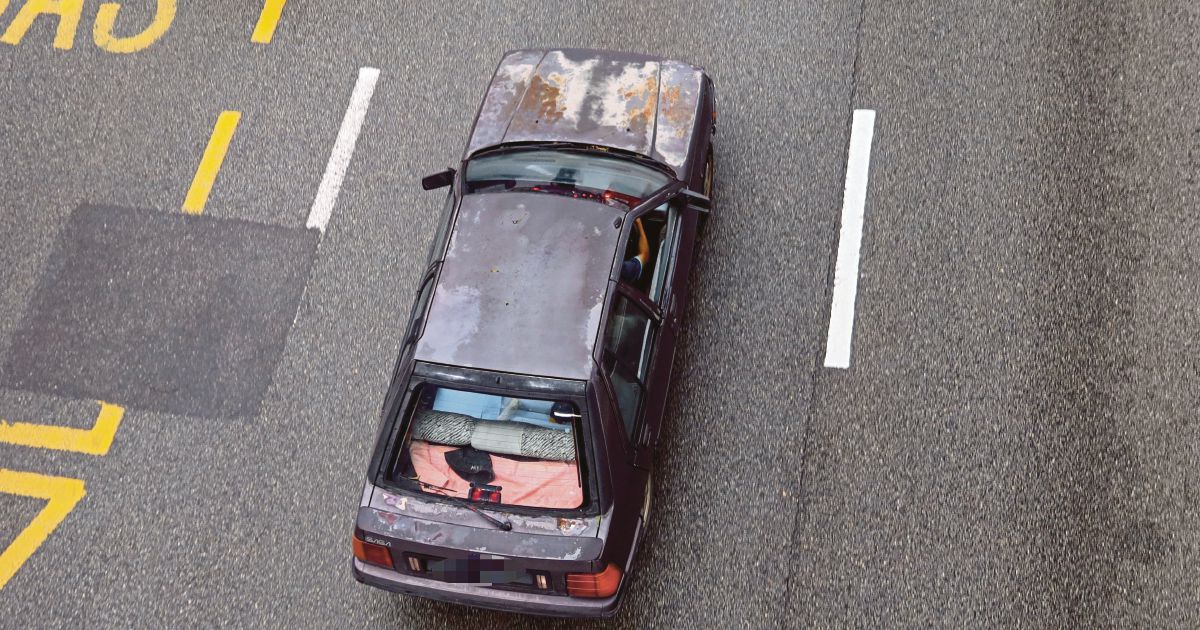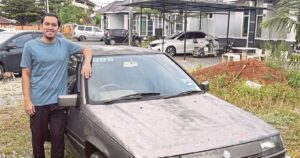KUALA LUMPUR: More than 4.4 million vehicles aged over 20 years — most lacking modern safety features — remain active on Malaysian roads, posing serious risks to motorists and passengers alike.
According to Road Transport Department (RTD) data, these vehicles make up nearly 17.1 per cent of the country’s 25.7 million active vehicles.
Universiti Putra Malaysia’s Road Safety Research Centre head, Associate Professor Dr Law Teik Hua, said this was why the RM4,000 incentive under the 2026 Budget for owners of such vehicles to buy new national cars was timely.
“Old cars lack essential safety features, such as electronic stability control, airbags and reinforced cabin structures — all of which significantly improve survivability in a crash,” he told the New Straits Times.
From an environmental perspective, Law said older engines were inefficient and lacked emission-control technologies, contributing heavily to air pollution.
“Replacing them benefits not only the owner, but also society at large,” he said.
He added that two decades of road use inevitably would lead to mechanical and structural degradation.
“Suspension systems, shock absorbers and brake lines wear out, while corrosion weakens the vehicle’s frame. Airbag sensors and seatbelt pre-tensioners can also fail over time.
“At that point, the cost of restoring such vehicles to true roadworthiness often exceeds their value, so many owners skip essential repairs.”
The market value of a 20-year-old car typically ranges between RM2,000 and RM5,000, depending on the make and condition. If sold for scrap, prices can drop to as low as a few hundred ringgit, or up to about RM1,500.
For comparison, the cheapest entry-level national car currently available is the Perodua Axia E 1.0 Manual, priced at around RM22,000.
[[nid:1311027]]
Transport policy expert Wan Agyl Wan Hassan said the RM4,000 scrappage incentive was more than just financial aid — it represented a long-overdue policy shift.
“This incentive signals that we’re finally serious about fleet modernisation, road safety and emissions control,” said Wan Agyl, who is also the founder of the MY Mobility Vision transport think tank.
He said studies consistently showed drivers of older cars faced higher fatality risks than those in newer vehicles.
“Environmentally, a 20-year-old car emits up to 40 per cent more pollutants than newer models,” he said, adding that the move would stimulate the domestic supply chain and support jobs in automotive manufacturing.
While many countries do not impose a strict age cap on vehicle use, some restrict the import of older vehicles — typically those over five to eight years old — such as India, Bangladesh and Pakistan.
Meanwhile, New Zealand and the United Kingdom prioritise vehicle roadworthiness rather than age limits.
Law and Wan Agyl said authorities should introduce complementary measures to make vehicle modernisation more affordable.
Law suggested tax incentives or financial aid to help people purchase safer, more modern second-hand vehicles.
Wan Agyl agreed, proposing down-payment rebates for compact or energy-efficient models and emissions-based road tax structures to encourage the use of environmentally friendly vehicles with better safety features.
“Safety and sustainability should make economic sense — not just remain aspirational goals,” he said.
© New Straits Times Press (M) Bhd






